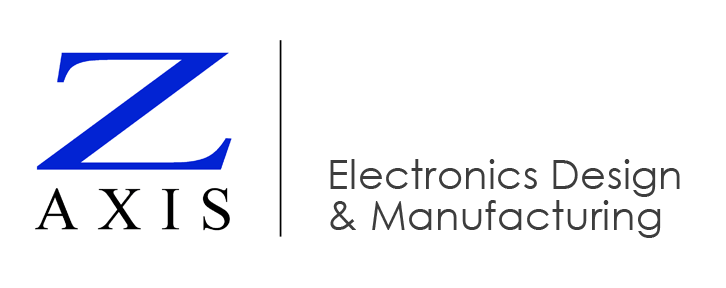This video shows how we use a small RF anechoic chamber for electromagnetic interference (EMI) testing of electronic products during the design phase. By testing early and often, we can eliminate any problems as we go, and have more assurance that the devices we create for our design services customers will pass the final EMI testing.
Video Transcript
Today we’re going to talk about EMI, or electromagnetic interference.
Nearly all electronic products emit some electromagnetic radiation, and can be affected by radiation from other products, communications networks, and natural sources. Electrical engineers must design their circuits to limit generated EMI, and to have adequate immunity to EMI from other sources.
We test for EMI in an RF anechoic, or echo-free, chamber. It’s a special room lined with copper that is covered with ferrite tiles. It isolates the device under test from outside sources of radiation.
The antenna will pick up any emitted radiation from the device. Connecting the antenna to a spectrum analyzer outside the chamber, we can see what frequencies the device is emitting and how strong they are.
The closed chamber is the only way to know that the radiation we’re seeing is actually from the device under test, and not from ambient, or background noise… which, as you can see here, once the door is opened, can completely hide the signals from the device.
We also measure conducted radiation – that is, noise allowed to flow back on to the mains supply line through the device’s power cord. For this we use a LISN, or Line Impedance Stabilization Network, to provide a known standard test condition and detect the conducted radiation from the device.
At Z-AXIS we use this small chamber to test prototypes during the design phase. By testing early and often, we can eliminate any problems as we go, and have more assurance that our devices will pass the final test… which is done by specialized testing companies who have large test chambers and charge more than ten thousand dollars for a certified scan to prove compliance with FCC standards.
All of our standard BEAR power supplies have been fully tested and certified in this way.
So how do we limit EMI and ensure immunity? We use circuit design techniques involving:
– Safety capacitors – like these y caps and x caps,
– Ferrite beads of different types and sizes
– Common mode chokes
– Careful routing of traces
– And design techniques to control harmonics.
Many of these design techniques are well-known, others are proprietary based on our design teams’ depth of experience.
The technique of last resort is to add shielding – as with this commercial off-the-shelf power supply. But good designs will avoid this extra weight and expense.
Learn more
Contact Z-AXIS to learn more about EMI and how we can put our electronic design and test experience to work for you.
